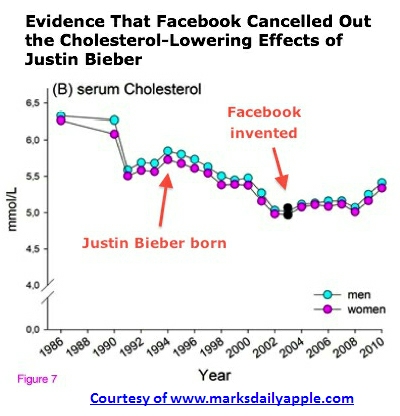While premium increases remain at pretty low levels, employees’ share of costs is increasing. In fact, that’s one reason premium increases are as low as they are. Without the higher employee premium contributions, deductibles and copays, premiums would have gone up a couple more points. According to Bloomberg, several factors are contributing:
- the Cadillac Tax – high-cost health plans will see a tax of 40% on the cost above $10k for individuals and $27.4k for families. This is leading some to increase deductibles and other cost sharing to keep premiums under the “Cadillac” level.
- Increasing cost-sharing keeps premiums lower – and lower premiums are more attractive to buyers. Deductibles now average above $1000; deductibles are up 67 percent over the last six years.
- And higher premium contributions are also a driver; on average workers are paying more than $1000 towards their coverage.
Consolidation among health plans continues, although there’s little evidence that it will lead to lower costs or better quality.
CEOs from Aetna and Anthem testified before Congress last week, with both touting the benefits of their pending acquisitions of smaller health plans. While it sure looks like the consolidation binge is concentrating power in the hands of a very few health plans, Anthem CEO Joseph Swedish claimed otherwise, stating: “health insurance is flush with competition…The number of health insurers increased by 26% in 2015 with 70 new entrants offering coverage.”
Not sure Mr Swedish’s claim accurately portrays the state of competition in health insurance, and the American Hospital Association and AMA certainly think it’s a bad thing. An analysis by the AMA indicates
The combined impact of proposed mergers among four of the nation’s largest health insurance companies would exceed federal antitrust guidelines designed to preserve competition in as many as 97 metropolitan areas within 17 states
While I am VERY skeptical about any analysis by the AMA, I believe that in this case they have a point. As one expert notes:
I’m aware of no peer-reviewed, published analyses that show that insurance mergers, on average, benefit consumers.
What does this mean for you?
Huge changes in the health care system will have far-reaching implications; watch for more battles between big provider groups and big payers, with smaller payers suffering fall out. This “fall out” will take the form of higher medical costs due to lack of bargaining power,

